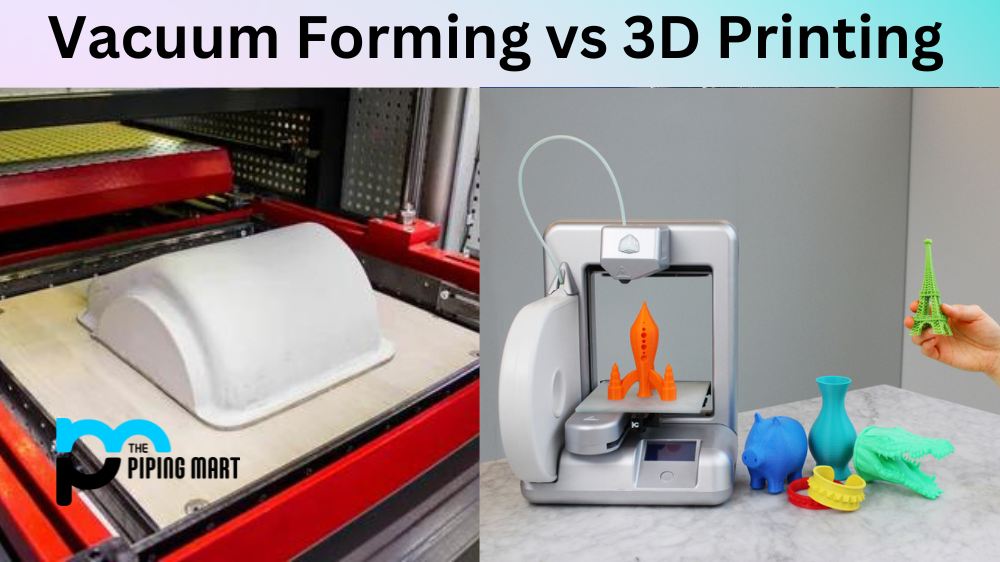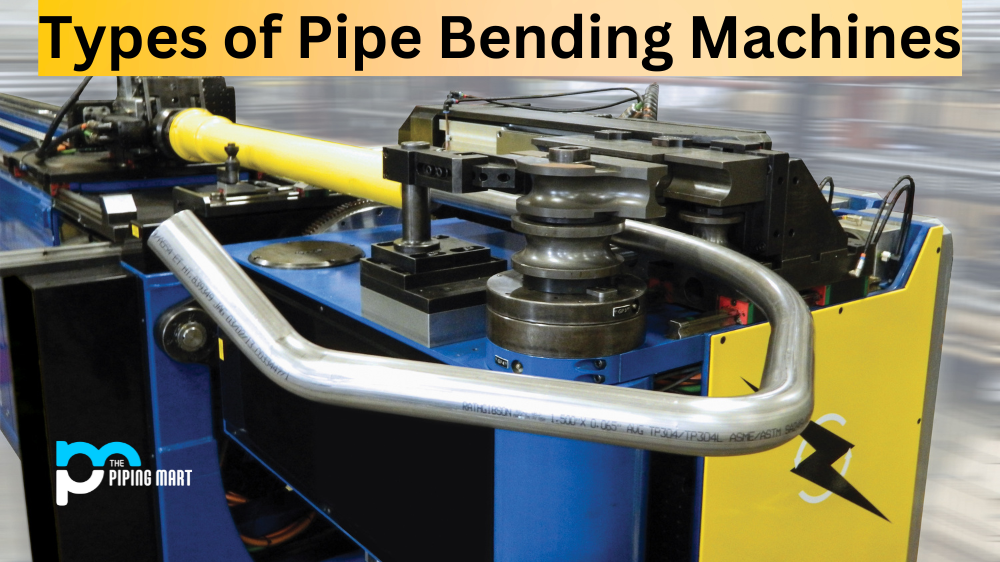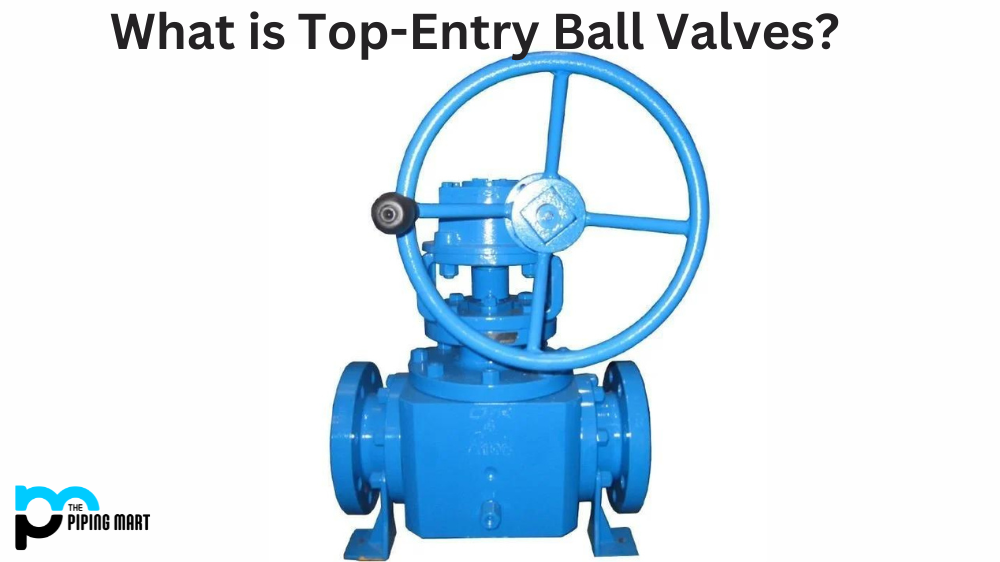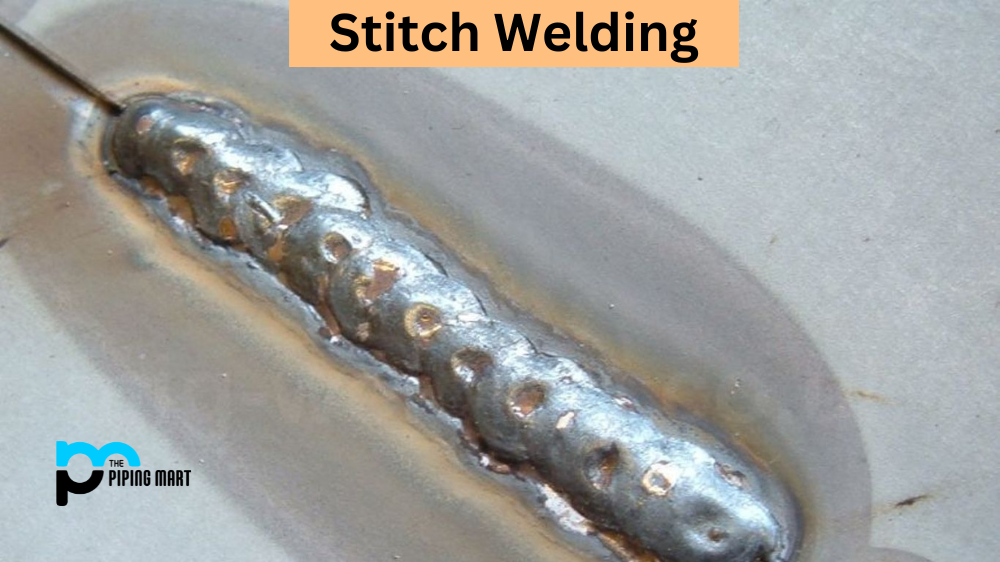If you want to manufacture your own products, you may wonder which method is best for you. In this blog post, we will discuss the differences between vacuum forming and 3D Printing and how each process can help create the product you desire.
What is Vacuum Forming?
Vacuum forming is a manufacturing process that involves heating a sheet of plastic until it becomes pliable, then stretching it over a mould to create a part with the desired shape. The plastic is then cooled so that it retains its shape. Vacuum forming is often used to produce parts from thermoplastics such as acrylic, polyethene, PVC, ABS, and PET. This process allows businesses to create high-quality parts at low cost quickly.
What is 3D Printing?
3D Printing is another popular manufacturing process used to create parts with complex shapes. This process works by using a computer-controlled machine that lays down layers of material one at a time until the desired shape is formed. 3D Printing allows businesses to create parts with intricate details quickly and easily. This process also has the advantage of using different materials such as plastics, metals, composites, ceramics, and even food items like chocolate or sugar!
Differences Between Vacuum Forming And 3D Printing
The main difference between these two processes lies in their accuracy and speed of production. Vacuum forming tends to be faster than 3D Printing because it does not require multiple layers to be printed out one at a time; instead, all layers are produced at once. On the other hand, 3D Printing offers more accuracy than vacuum forming due to its ability to layer material one at a time until the desired shape is achieved. Additionally, 3D Printing can use materials that vacuum forming cannot, such as metals or ceramics, which makes it ideal for specific applications where strength or heat resistance is required.
Advantages of Vacuum Forming
Some advantages of vacuum forming include its low cost, high accuracy, and ability to create complex shapes. Additionally, vacuum forming does not require support structures, which can save time and money.
Advantages of 3D Printing
Some of the advantages of 3D Printing include its versatility, speed, and precision. Additionally, 3D Printing does not require moulds, which can save time and money.
Disadvantages of Vacuum Forming
Some disadvantages of vacuum forming include its slow speed and limited material options. Additionally, vacuum-formed parts can be weak and brittle if not properly designed.
Disadvantages of 3D Printing
Some of the disadvantages of 3D Printing include its high cost and limited material options. Additionally, 3D-printed parts can be weak and brittle if not properly designed.
Conclusion:
Both vacuum forming and 3D printing offer advantages depending on your application needs. Vacuum forming offers speed and low cost, while 3D Printing provides accuracy and access to different materials which might be necessary for your product’s design requirements. Understanding which method best suits your needs can help you make an informed decision when manufacturing your products or prototypes. Ultimately both processes can help businesses create quality products quickly and efficiently, so understanding their differences can be critical when making the right choice for your business!

Pipingmart is a B2B portal that specializes in metal, industrial and piping items. Additionally, we share the latest information and information about materials, products and various types of grades to assist businesses that are involved in this business.




